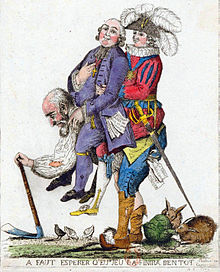Europedia
Add any information you know about Europe.
Europe
(Restore this version)
Modified: 12 March 2014, 7:16 PM User: Catherine Georgopoulou →
Europe is one of the seven continents (Asia, Africa, Oceania, North America, South America and Antarctica) of our planet or one of the five according to the International Olympic Committee.

It is also called the “Old Continent” (Η Γηραιά Ήπειρος).
Europe is the world's second-smallest continent by surface area, covering about 10,180,000 square kilometres or 2% of the Earth's surface and about 6.8% of its land area.
There are 739,165,030people living in Europe (2011), which means it is the 3rd most populated continent in the world.
Germany is Europe's largest country by population.
The Vatican is Europe's smallest country by population.
There is a myth about the “birth” of Europe. Europa was such a beautiful princess that Zeus fell in love with her. He transformed into a bull and came down to earth. Europa liked the bull and when she tried to pet him, he took her on his back and travelled to the island of Crete where they had three sons. One of them was Minos, the future king of Crete. Later they moved to the sky and lived happily there. Her father, Agenoras, sent his three sons to look for her. They created cities in every place they passed by and one of them, Kadmus, called the place of Greece and the whole area around it “Europe”, honouring his sister.

Its flag is blue with acircle of 12 golden (yellow) stars symbolising the perfection and unity of the European Union and the Council of Europe.
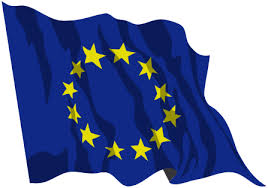
The European anthem is the "Hymn to Joy", a part of the 9th symphony by Beethoven that has been used since 1986.
There are a lot of languages spoken in Europe. Most of them belong to the Indo-European language family.
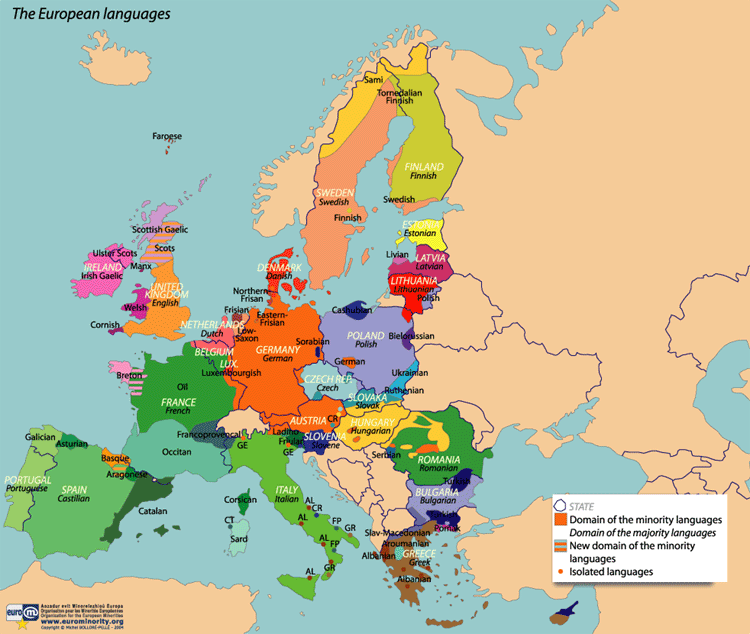
Europe borders the Arctic Ocean to the north, the Atlantic Ocean to the west, the Mediterranean Sea to the south, and the Black Sea and connected waterways to the southeast.
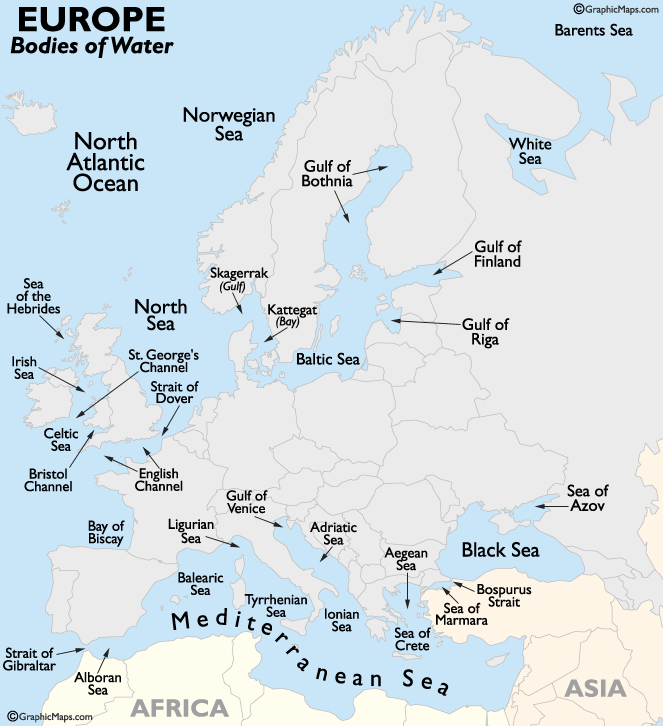
There are a lot of seas around Europe: the North Sea, the Baltic, the Black, the Mediterranean, the Barents, the English Channel, the Celtic Sea, the Caspian Sea (or the world’slargest lake)and others.There are 4 peninsulas in it: The Baltic, the Italian, the Scandinavian and the Iberian peninsula.
There are a number of rivers: Volga, Danube, Rhine, Dnieper and Elbe, Rhine, Loire, Thames, Oder, Seine, Ural and ther smaller ones.
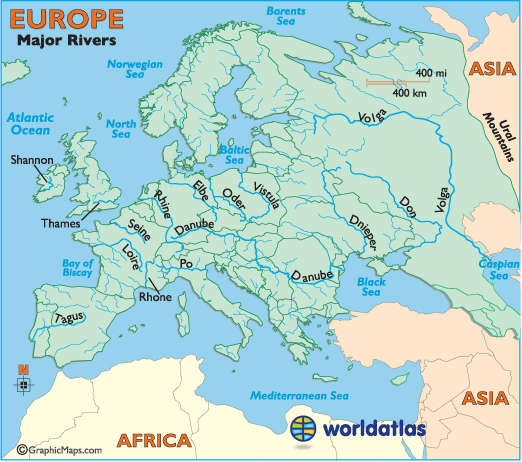
There are a lot of mountains and mountain ranges: the Alps (which is the highest of all), the Carpathians, the Pyrenees, the Urals, the Apennines as well as Pindus, Balkan Mts (Haemus) and many more
Europe's highest point is Mont Blanc in France and Italy (or Mt. Elbrus in Russia).
Europe's lowest point is Lemmefjord in Denmark (or the Caspian Sea shore in Russia).
There are the following plains: the Great European, North German (German-Polish), Russian, French and Hungarian.
There are the following lakes: Ladoga, Onega,
Saimaa, Peipus and Vänern (Veneris).
There are a lot of islands: Iceland, Ireland, Sicily, Sardinia, Corsica, Crete, Malta, Cyprus and Great Britain which is the largest one.
The climate of Europe is mainly temperate with western winds called westerlies.The climate is milder due to the influence of the Gulf Stream (το Ρεύμα του Κόλπου του Μεξικού) which is nicknamed "Europe's central heating", because it makes Europe's climate warmer and wetter than in other places.
There are about 50 countries in Europe, 28 of which are member states of the European Union (EU). These are: Austria , Belgium, Bulgaria, Croatia, Cyprus, Czech Republic, Denmark, Estonia, Finland, France, Germany, Greece, Hungary, Ireland, Italy, Latvia, Lithuania, [[Luxembourg, Malta, Netherlands (Holland), Poland, Portugal, Romania, Slovakia, Slovenia, Spain, Sweden, United Kingdom.
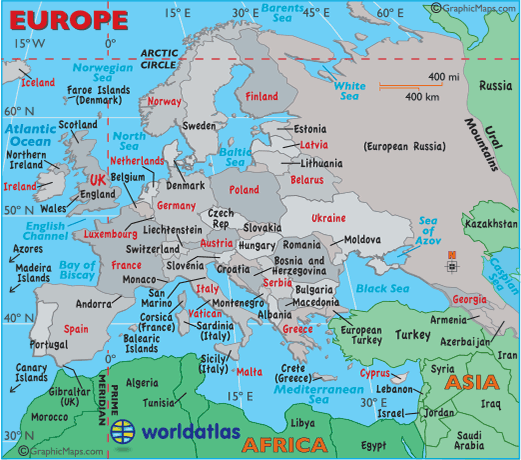
The largest European country is Ukraine.
The smallest European country is theVatican City in Italy where the Pope lives.
There are a lot of monuments in Europe created by various nations and cultures such as the Colosseum in Italy, the Parthenon in Greece, the Eiffel Tower in France, the Westminster Abbey in the U.K, the Belvedere palaces in Austria, the Hermitage museum in Russia, etc.
One of the most important historical periods of Europe was the “Enlightment” (Διαφωτισμός) when a lot of cultivated and sophisticated people tried to educate (to enlighten) the people so that they could fight for their rights. The invention of typography (printing) at that time led to the development of arts and sciences. All these led people to the famous “French Revolution” in 1789 when the rebels edited the “Declaration of Human and Civic Rights”
According to this document:
- All the people are born free, remain free and have equal rights.
- Freedom means that every person can do whatever he wants as long as he doesn’t hurt his fellow man.
- All citizens are equal before the Law.
- Nobody should be prosecuted for his/her ideas and beli
